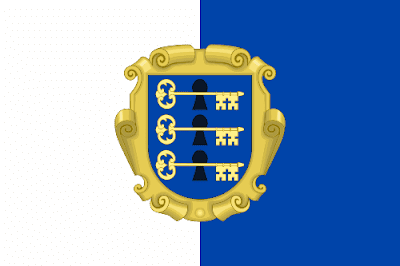Posted on September 30, 2020
This is another holiday that promotes love, kindness, and community. This day encourages
us to show love for everyone - "no exceptions"!
We can perform random acts of kindness. Especially unexpected acts of kindness to strangers - those are the things that can make people's days a little better!
Paying it forward is another idea that we've celebrated before. You do something for someone with no thought of return - BUT that might encourage the recipient to do something for someone, and so on and so forth - everyone paying it forward and making society a better place to be.
Actually, the Love People Challenge lasts all week - and if you (like me!) missed it last week, we can do all of these things NEXT week! Here was the plan:
9/23 Pay It Forward Day
9/24 Show LOVE to First Responders Day
9/25 Spread LOVE in the Community by Volunteering Day
9/26 Love Seniors Day
9/27 Love Your Family Day
9/28 LOVE Globally Day
9/29 Reach Out with LOVE Day
9/30 National LOVE People Day
Also on this date:


- Chewing-gum mogul William Wrigley's birthday
 |
(Last Wednesday of September)
Plan ahead:
Check out my Pinterest boards for:
And here are my Pinterest boards for:





































